Best offers for your Garden https//amznto/2InnD0wHow to Prune a Colorado Blue Spruce Native to the southern Rocky Mountains, the ColoradPeople are attracted to the distinctive bluegreen color of this hardy evergreen But Blue Spruce really stands out because it is tough, long lived, and adapted to a wide range of growing conditions Blue Spruce trees are ideally suited for use in shelterbelts, privacy screens, A cherished conifer found in many landscapes is the Colorado blue spruce (Picea pungens 'Glauca'), State Tree of Colorado and Utah, and native to the Southwestern United States (Zones 37)It is commonly planted in Pennsylvania for its bluishgreen foliage and conical shape

Dwarf Blue Spruce A Superb Year Round Garden Plant News
What is the difference between a blue spruce and a colorado blue spruce
What is the difference between a blue spruce and a colorado blue spruce-How do you plant a Colorado blue spruce?The Baby Blue Spruce Container Grown carries a full pyramidal shape with a coneshaped crown and takes its name from the Silvery blue color needles and growing slightly smaller than the traditional Colorado Blue Spruce The needles are longer on




Colorado Blue Spruce Tree On The Tree Guide At Arborday Org
The Baby Blue Colorado Spruce has notably few disease or pest problems and is quite hardy once established in the landscape This blue spruce has a moderate growth rate and tends to grow around 912″ a year This tree reaches a mature size of 15′ H x 610′ W Try the Baby Blue Colorado Spruce as a specimen, accent, holiday decorationBlue Spruce, also known as Colorado Spruce, is our best selling tree! Baby Blue has a faster growth rate, so it is bigger compared to her counterpart This is because this variety is propagated by sowing seeds As a result, we get spruce with the same growth rate as the common Colorado Blue Spruce
But Blue Spruce really stands out because it is tough, long lived, and adapted to a wide range of growing conditions Blue Spruce trees are ideally suited for use in shelterbelts, privacy screens, or as accent trees Please note our Blue Spruce are grown from seed and the needles vary in color from green to blue A top CO2 absorbing speciesColorado blue spruce are sought after trees due in part because of their blue hue and winter interest They are a very stately tree, forming a pyramidal shape with horizontal branching This Rocky Mountain native is recognized by its stiff, short bluegreen needles that surround the branches In maturity, grey bark can be furrowed and smallThe Baby Blue Colorado Spruce has notably few disease or pest problems and is quite hardy once established in the landscape This blue spruce has a moderate growth rate and tends to grow around 912″ a year This tree reaches a mature size of 15′ H x 610′ W
Colorado blue spruce's bluetinged foliage has made it a popular landscape plant Colorado blue spruce can live up to 600 years, according to USDA experts There are cultivated standards (large) and dwarf cultivars of Colorado blue sprucePicea pungens 'Baby Blue' H ′ W 15′ Zone 3 Sun to part shade Not available for the Early Order Sale Baby Blue® Colorado Spruce is a shimmering blue evergreen tree with a dense pyramidal habit and full stout branches The silvery blue color of its needles intensifies with age A great durable tree for small landscapesIt has a tendency to develop multiple leaders and may look irregularly shaped when young However, it can be developed into an elegant tree with selective pruning of the redundant lead shoots A moderate grower, 68 in per year (15 cm), this stately Colorado Spruce is regarded by many as one of the bluest cultivars of the species




Baby Blue Spruce Arbor Valley Nursery Colorado Wholesale Nursery
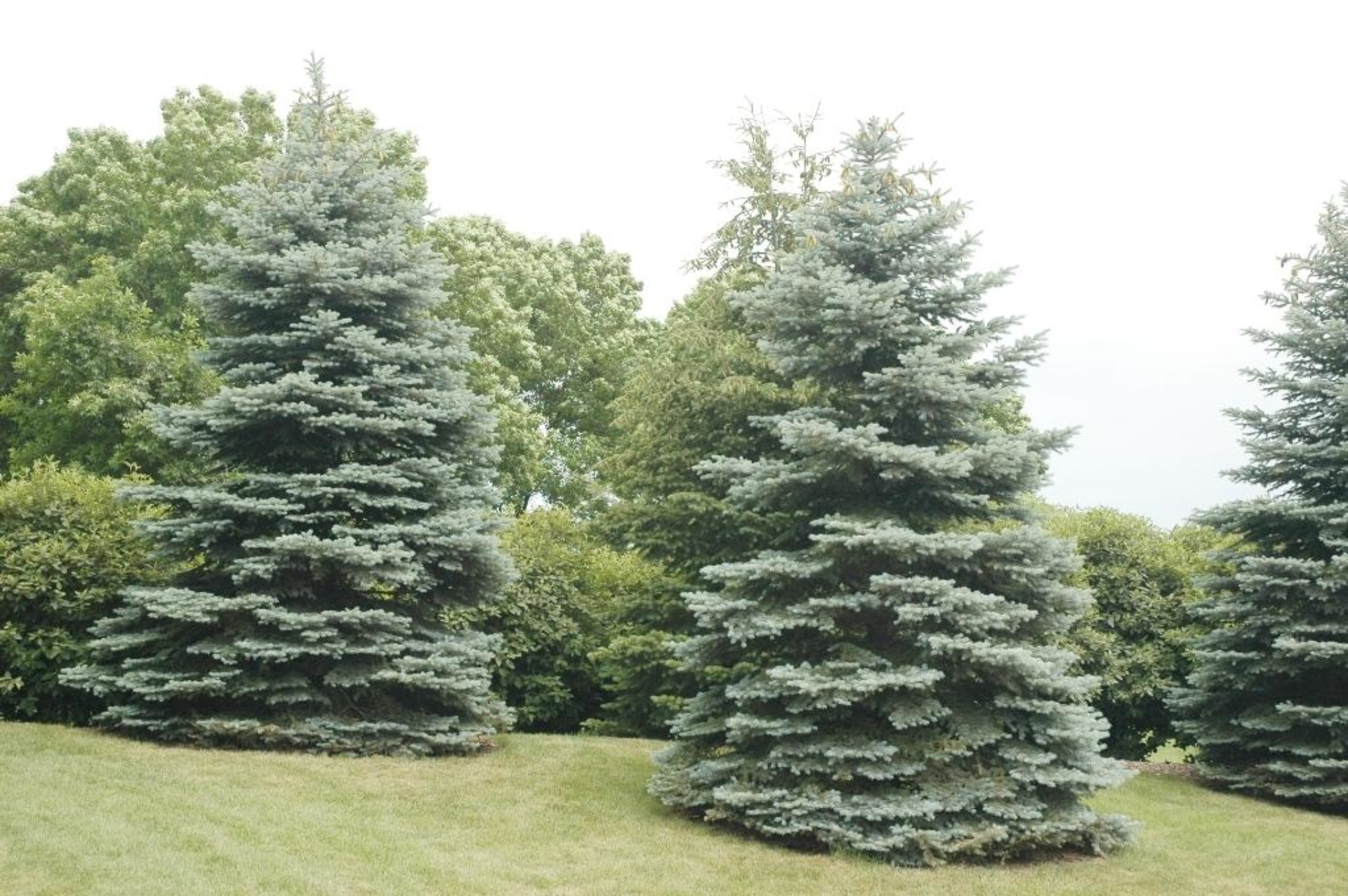



Blue Spruce The Morton Arboretum
Colorado blue spruce are sought after trees due in part because of their blue hue and winter interest They are a very stately tree, forming a pyramidal shape with horizontal branching This Rocky Mountain native is recognized by its stiff, short bluegreen needles that surround the branches In maturity, grey bark can be furrowed and small Let's take a detailed look at blue spruce vs white spruce to help you decide which one would perfectly fit your landscape and climate Blue Spruce Blue spruce (Picea pungens), also famously called the Colorado spruce, is a highly adaptable plant that can grow just about anywhere and everywhere in plant hardiness zones 3 through 7 Characterized by rustic silveryThe Baby Blue Colorado Spruce has notably few disease or pest problems and is quite hardy once established in the landscape This blue spruce has a moderate growth rate and tends to grow around 912″ a year This tree reaches a mature size of 15′ H x 610′ W



Spruce Colorado Bacheri Blue Thetreefarm Com




Baby Blue Colorado Spruce Hinsdale Nurseries
Colorado Blue Spruce Planting Guide Colorado blue spruce grows best in a sunny location with moist, welldrained, fertile soil It tolerates dry wind and can adapt to dry soil The tree is hardy in USDA plant hardiness zones 3 through 7 Plant Colorado blue spruce in a hole that is as deep as the root ball and two or three times as wideHome » Compare Plants Engelmann Spruce vs Blue Spruce These species are often confused where their ranges overlap in the southern Rockies They can be told apart by cone length, habitat, needle sharpness, and sometimes by color of foliage, twigs, and bark, although there is considerable variation of colorThe Baby Blue Eyes' Colorado Spruce is a dense, slow growing conifer variety that adds a pop of contrast to any landscape Great for any yard, get yours today!




Colorado Blue Spruce Tree On The Tree Guide At Arborday Org




Deer Resistant Shade Tolerant Spruce Trees
Colorado Blue Spruce Varieties Because of its beautiful dense bluegreen foliage and majestic pyramidal form, Colorado blue spruce (Picea pungens) is aThe Baby Blue spruce reaches a height of 15 to feet, and it usually spreads out to 10 feet If you allow this spruce to grow naturally, it develops into a pyramid shape The Baby Blue spruce's branches are horizontal and reach down to the ground Thick silveryblue needles cover the branches, and many of these stiff needles measure up to 1 inchDescription In the nursery industry the spruce variant 'Baby Blue Eyes' is sold for its eye catching silvery blue foliage and smaller landscape size making it more desirable for confined spaces Morphology This cultivar of Colorado spruce is considerably slower growing than the native species, attaining a mature height of 30' and a width of 15'




25 Best Blue Colorado Spruce Ideas Colorado Spruce Plants Conifers Garden
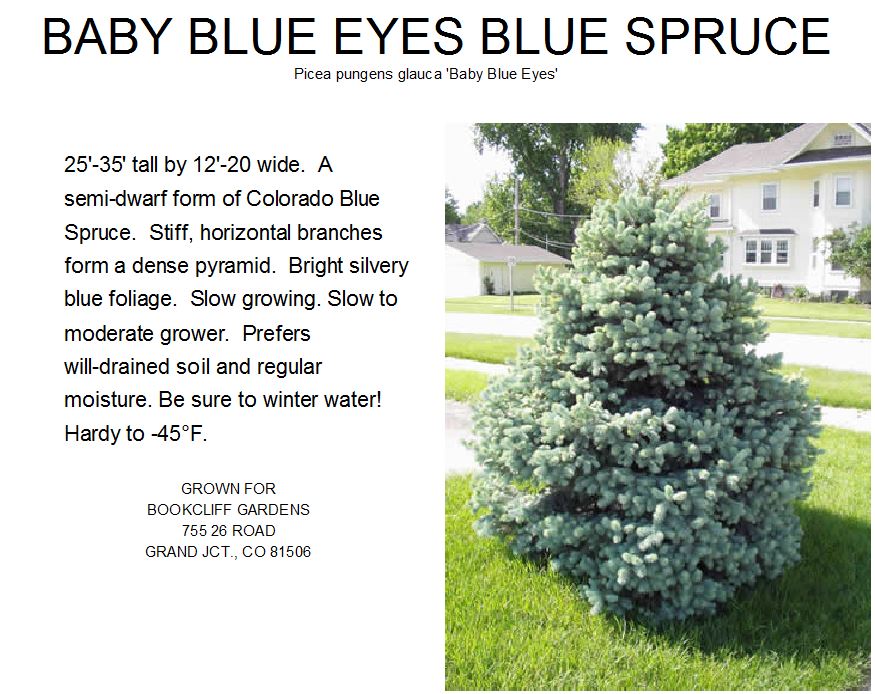



Colorado Spruce Baby Blue Eyes
Baby Blue Colorado Blue Spruce (Photo courtesy of NetPS Plant Finder) Baby Blue Colorado Blue Spruce foliage Baby Blue Colorado Blue Spruce foliage (Photo courtesy of NetPS Plant Finder) Height 25 feet Spread 10 feet Sunlight Hardiness Zone 3aPicea pungens, commonly known as the blue spruce, green spruce, white spruce, Colorado spruce, or Colorado blue spruce, is a species of spruce tree Baby Blue Eyes vs Hoopsii vs Fat Albert It is native to North America, and is found in growing zones 1 through 7Baby Blues are an excellent strain of Colorado Blue Spruce They are comparable to the best clones of that species Every tree is very blue with needles arranged in a full round pattern They are typically strong, symmetrical growers Like all Colorado Spruce, Baby Blues do best in full sun, on well drained soil with good air flow around them
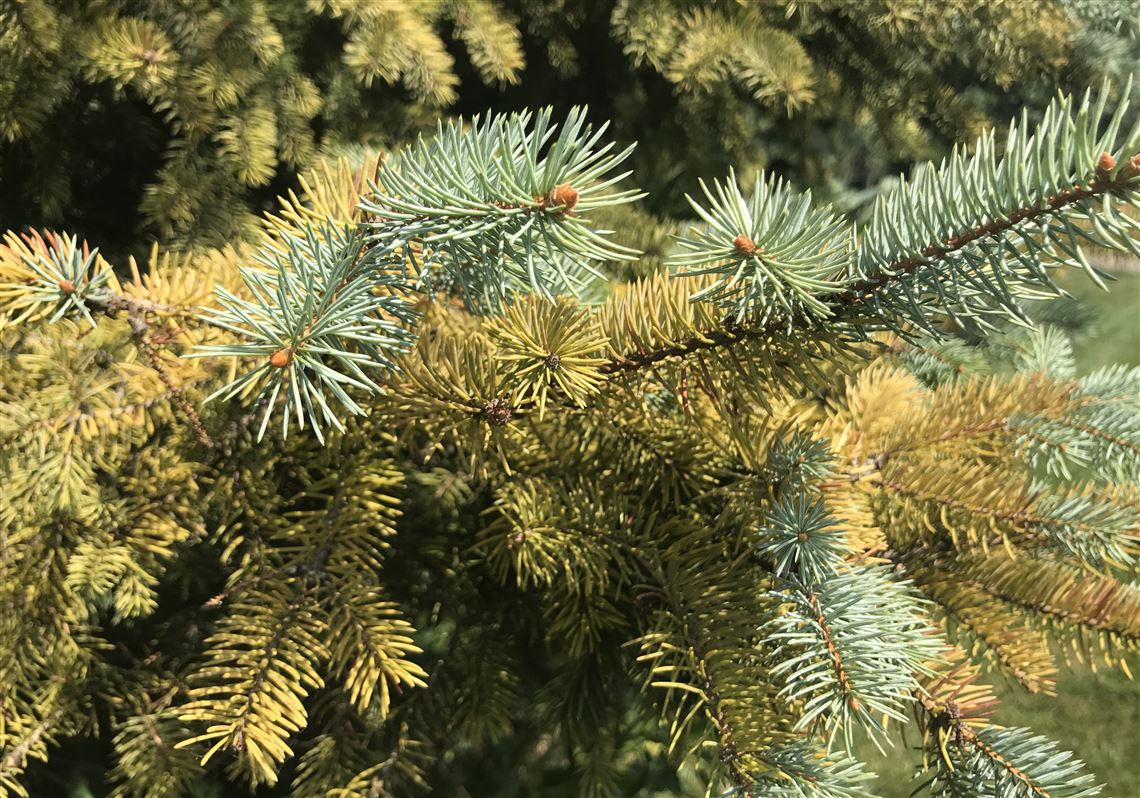



What S Ailing Local Blue Spruce Trees Pittsburgh Post Gazette




Colorado Blue Spruce Tree On The Tree Guide At Arborday Org
Blue spruce, also known as Colorado spruce, is a conicalshaped evergreen tree with stiff horizontal branches and short stiff needles It is a commonly used tree in Midwest landscapes In nature the needles are often green, but many specimens produce bluegreen needles This tree is also known as Picea pungens 'Glauca'The Baby Blue Spruce is much smaller than the Colorado Blue Spruce so it is able to fit in most landscapes This small tree gives you more options when planning your landscape Beautiful tree Spruces are beautiful trees and this one is no exception Baby Blue Eyes Spruce is a conicalshaped, fully branched selection of Colorado Spruce with a uniform growth habit and intense blue needles On the average it will grow upward about 8 inches per year compared to some Colorado Spruce that can grow as much as 12 to 18 inches upward per year
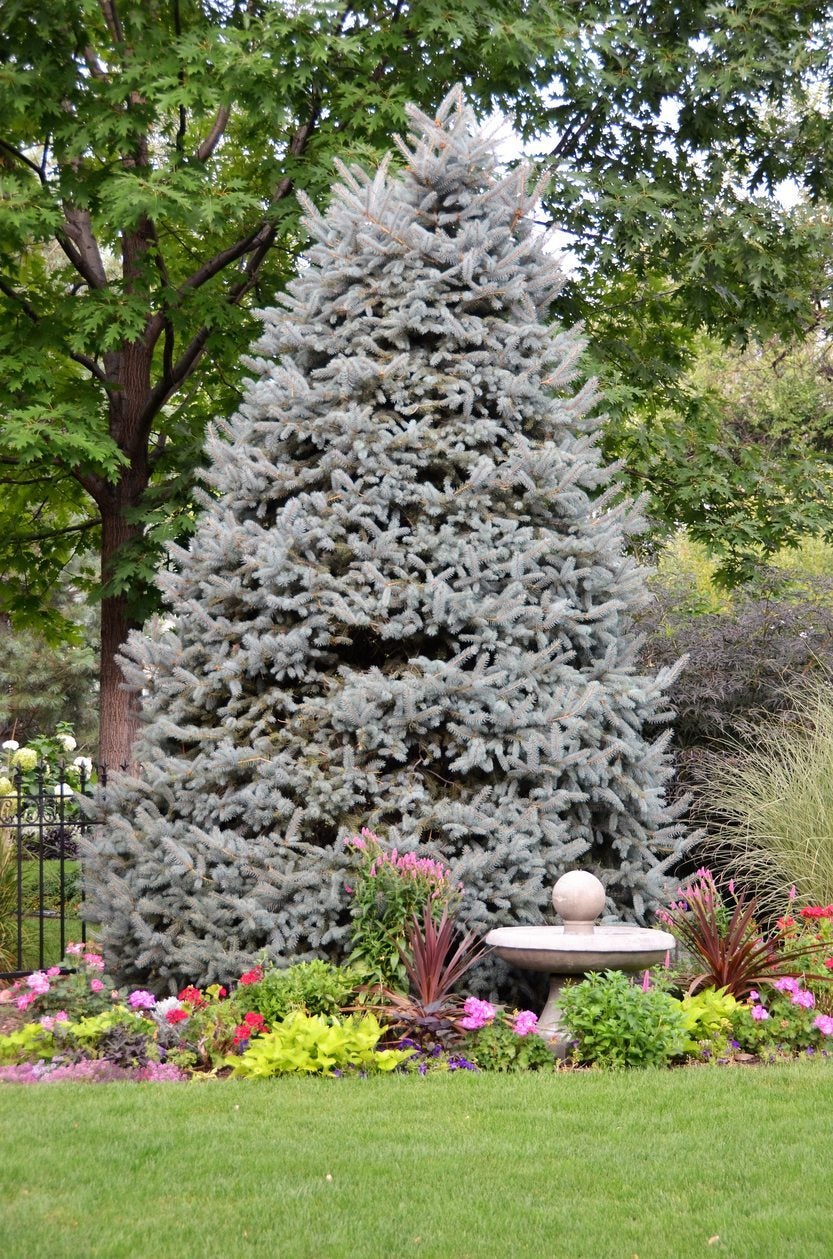



Why Blue Spruce Turns Green Reasons For Green Needles On A Blue Spruce Tree
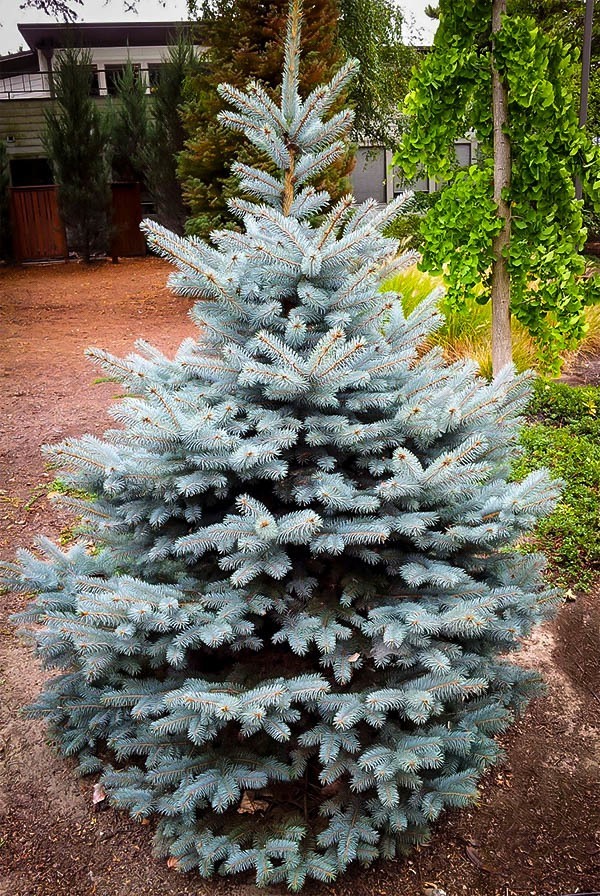



Buy Baby Blue Spruce For Sale The Tree Center
To plant a Colorado blue spruce, dig a hole that is as deep and two to three times as wide as the root ball of the tree Next, place the tree in the hole, so that the top of the root ball is even with the surrounding soil Fill the hole with dirt, then water the soil to remove air pockets Blue Spruce Update Fig 1 Severely infected tree showing the 'purplebrown' needle symptoms Colorado blue spruce is not native to Indiana (no spruce is!), and it often suffers from environmental stresses such as drought, excessive heat, humidity, and compacted or heavy clay soils—making it an already poor choice for our landscape On the other hand, spruce trim easily, so if you choose a more compact form of Colorado Spruce, like 'Baby Blue Eyes', or 'Baby Blue', you should have a manageable tree you can keep at the size you are looking for, without much trouble




Blue Spruce Update Purdue Landscape Report
/Colorado-blue-spruce-big-56a589825f9b58b7d0dd46e3.jpg)



Insect Pests And Diseases On Colorado Blue Spruce Trees
Identification of the Colorado blue spruce is by its waxy bluishgreen needlelike leaves The botanical name—"pungens"—means "sharply pointed," which refers to the short spiky needles Colorado blue spruces grow up to 75 ft (23 m) in forests and up to 50 ft (15 m) in garden landscapes Serbian Spruce (Picea omorika)The Baby Blue Eyes Spruce is a selected form of the of Colorado spruce (Picea pungens) This tree grows all through the Rocky Mountains and all high places in the west, from Montana to Arizona Growing at those high altitudes means this tree is supertough, and cold resistantOne of our recent Christian Park (Indianapolis) investment properties has the most statuesque Colorado Blue Spruce tree in the front yard Unfortunately, the



Spruce Gammon S Garden Center Landscape Nursery




Spruce Baby Blue Colorado For Sale Shop Stuart S Stuart S Landscaping Garden Center Inc
It is a vigorous, densely compact, broadly pyramidal selection of Colorado spruce with nice, brightblue needles A mature specimen will measure 10 to 15 feet (3 5m) tall and twothirds as wide after 10 years in the landscape, an annual growth rate of about 1 foot (30 cm) It naturally forms a leader;The blue spruce (Picea pungens), also commonly known as green spruce, white spruce, Colorado spruce, or Colorado blue spruce, is a species of spruce tree It is native to North America, and is found in USDA growing zones 1 through 7 Its natural range extends from northern New Mexico through Colorado and Utah to Wyoming and into Alberta and British Columbia, but it has been135Gallon Serbian Spruce Feature Tree in Pot (L8655) Model #PSPRSE135GAL Find My Store for pricing and availability 18 358Gallon Colorado Blue Spruce Feature Tree in Pot (L3937) Model #NURSERY




Where To Plant A Blue Spruce Tree




Baby Blue Eyes Spruce Picea Pungens Kaspar Nursery
Baby Blue Eyes Spruce is a conicalshaped, fully branched selection of Colorado Spruce with a uniform growth habit and intense blue needles On the average it will grow upward about 8 inches per year compared to some Colorado Spruce that can Every tree is very blue with needles arranged in a pyramidal, compact pattern This longlived specimen is slower growing than the other spruce in the species, but the silveryblue foliage intensifies with age and is well worth the wait The Baby Blue Spruce is a slowgrowing version of the native Colorado Blue Spruce With Colorado spruce, the situation is the same If you wish, you can find fascinating miniature varieties of blue spruce that look like tiny hedgehogs These days, the number of ornamental varieties of these two species is just huge Blue spruces are fuller In general, Norway spruce grows faster and reaches greater height than the Blue Spruce
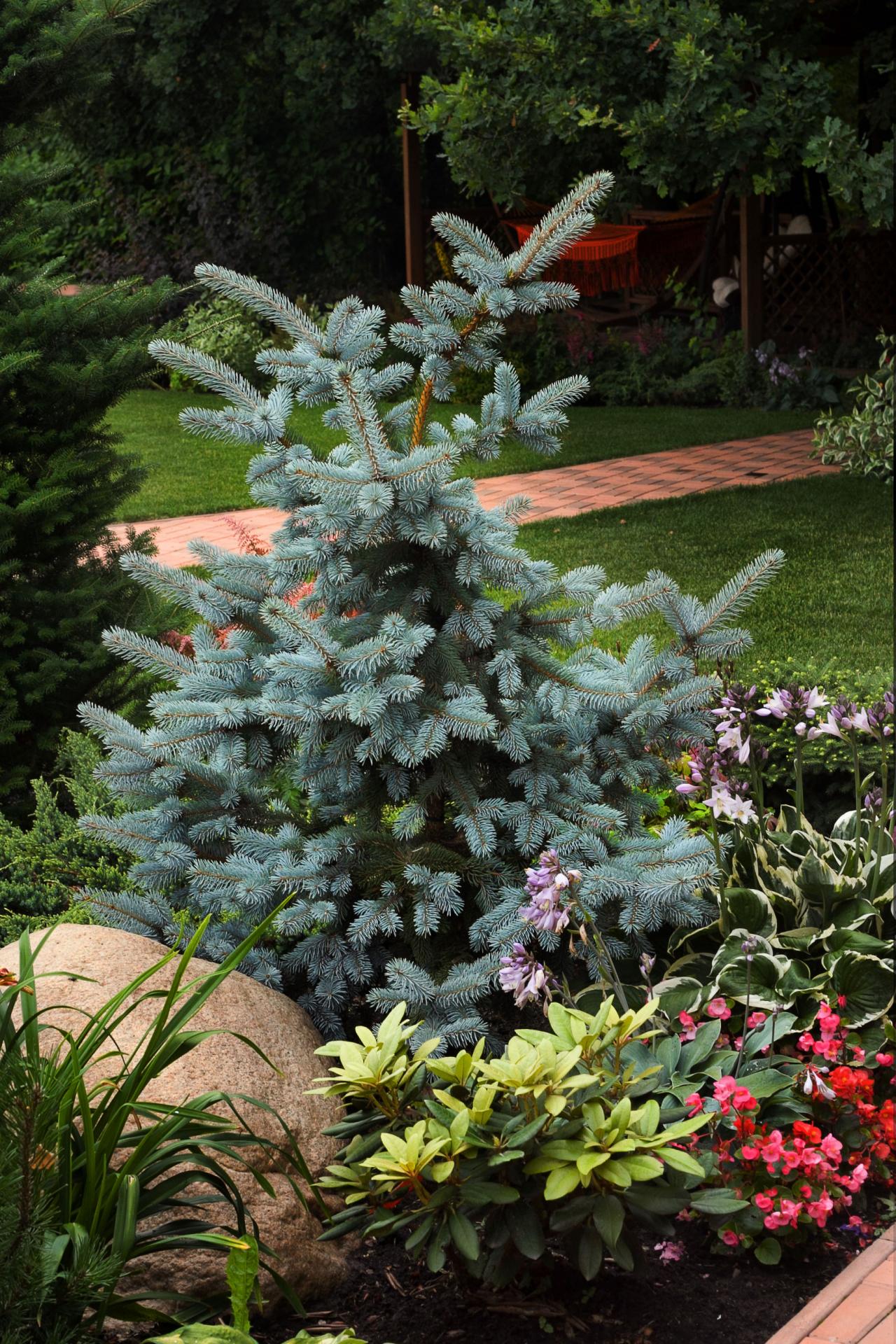



How To Plant And Grow A Colorado Blue Spruce Tree Hgtv




Blue Spruce Baby Blue Bay Gardens
Picea pungens 'Baby Blue' Baby Blue Spruce Trees are a selection that will give you the bluest of the Blue Spruce Color It stays slightly smaller than its cousin the Colorado Blue Spruce but will be much bluer Trustpilot Custom Widget TrustpilotA typical Colorado Blue Spruce will grow 5075 feet tall and feet wide For homeowners with size constraints, this simply will not work However, the depth of color and thickness of needles found in a Colorado Blue Spruce can be hard to replicate The Baby Blue Eyes Spruce offers all the benefits of the Colorado without the massive sizePicea pungens 'Baby Blue Eyes' is a very dense, pyramidal, slowgrowing selection of Colorado spruce with skyblue foliage Its dense form makes its strong blue color stand out very nicely It is reported to be not as cold hardy as most plants in this species, reported to




Baby Blue Spruce Picea Pungens Glauca Kaspar Nursery



1
Colorado Blue Spruce needles are foursided and can be quite sharp ('pungens' is Latin for 'sharp'), and needle color varies from silvery blue to greenish blue The Glauca variety, tend to have more blueish and silvery needles Colorado Blue Spruce are very hardy, dense, and grow at an average rate for an evergreenDifficult to tell for sure Ive got about 12 baby blue and 2 baby blue eyes, all about that size at present Of my trees (ymmv), the baby blue are definitely more blue while the baby blue eyes are more silvery (like yours) Ignoring the color, my BBE appear to have that form/branching style The best way to tell, however, may be how much you paidThe Colorado blue spruce is such a delight that nature seems to have kept it a wellguarded secret for a very long time It was not until 1862 that this spectacular species was discovered growing in enchanted meadows and stream sides high up in the Rocky Mountains Once found, the fame of this blue spruce spread quickly, and today it is one of
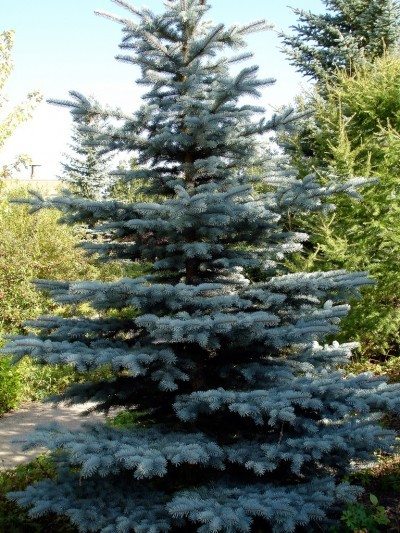



Blue Spruce Facts Distribution Uses And Pictures



Buy The Best Spruce Trees Online Largest Collection Of Spruce Trees Online Online Nursery
The blue spruce, whose scientific name is Picea punguns, is a popular evergreen tree used by many homeowners throughout the United States as a landscaping tree Native to the United States and Canada, the blue spruce (green spruce, white spruce, Colorado spruce, Colorado Blue Spruce) is found in growing zones 1 through 7 with aNo staking is required for young plants




Baby Blue Colorado Spruce




What Is Spruce Decline And What Should You Do About It Christmas Trees




Baby Blue Spruce Semi Dwarf Evergreen Tree Plantingtree



Norway
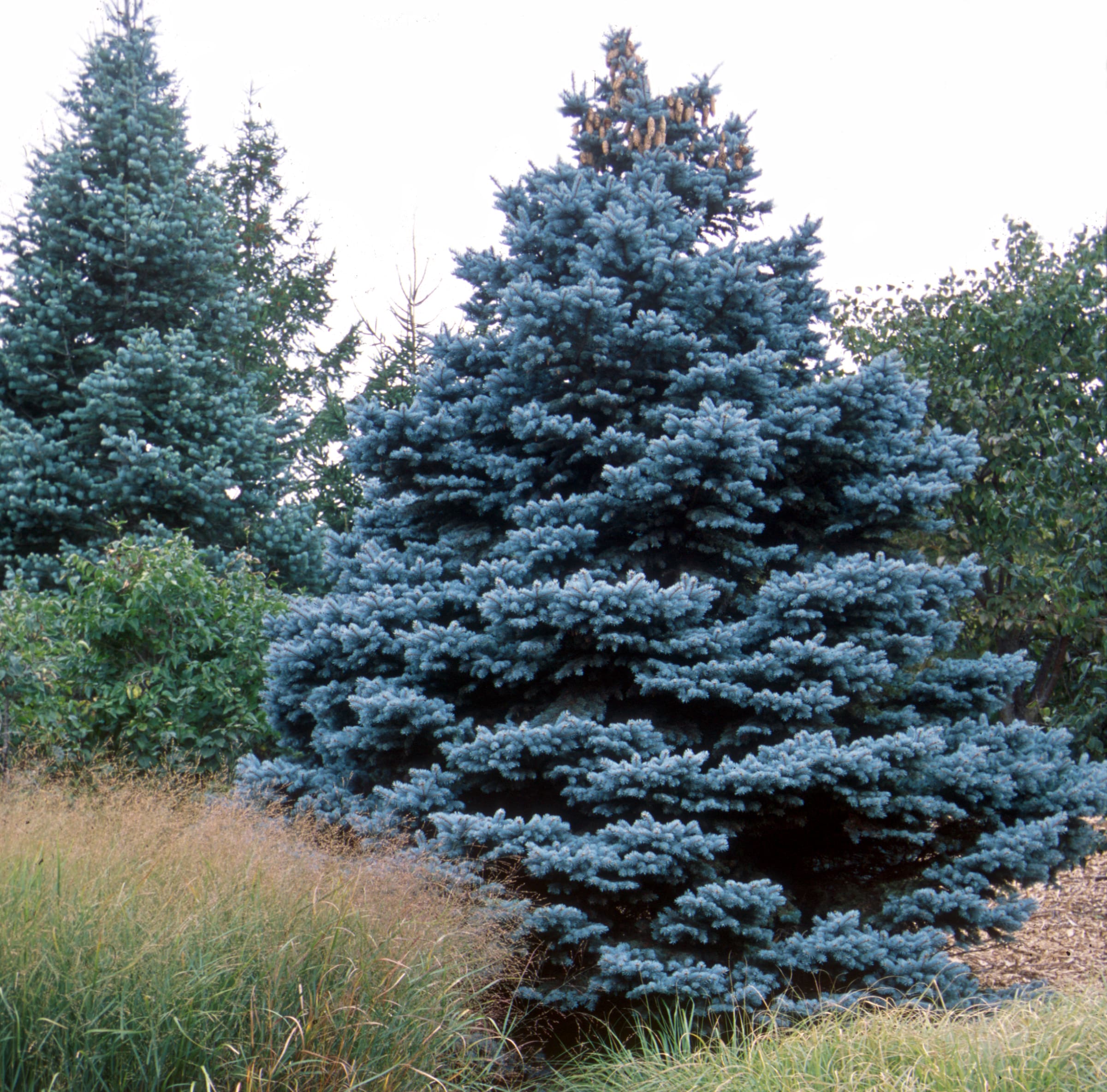



Baby Blue Colorado Spruce Pahl S Market Apple Valley Mn




Everything About Growing Blue Spruce Tree Blue Spruce Care Balcony Garden Web
/colorado-blue-spruce-trees-2132082-06-4cee49e954974a16aefd9d74a8321708.jpg)



Colorado Blue Spruce Tree Care And Growing Guide




Blue Spruce The Amazing World Of Conifers
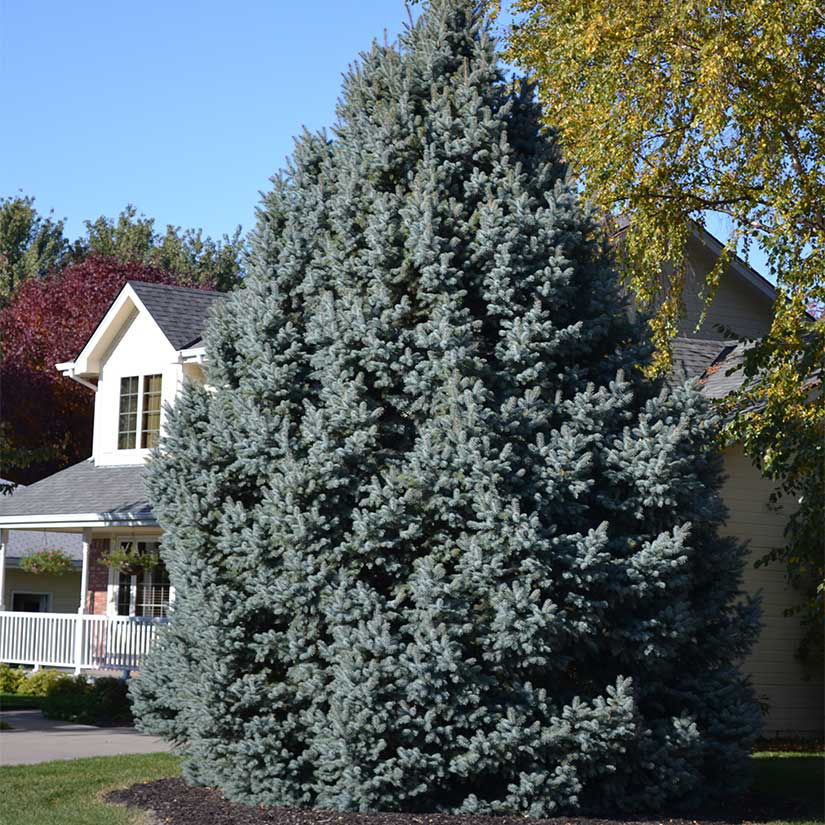



Buy Affordable Colorado Blue Spruce Trees At Our Online Nursery Arbor Day Foundation Buy Trees Rain Forest Friendly Coffee Greeting Cards That Plant Trees Memorials And Celebrations With Trees And More
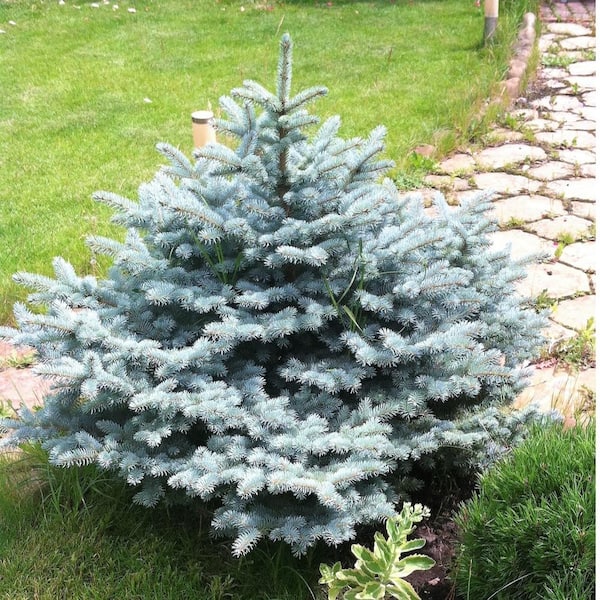



Online Orchards 1 Gal Baby Blue Spruce Shrub With Silvery Turquoise Evergreen Needles Cfsp004 The Home Depot




Colorado Blue Spruce Baby Blue Picea Pungens Glauca My Garden Life



Spruce Gammon S Garden Center Landscape Nursery



Picea Pungens Baby Blueeyes Semi Dwarf Colorado Blue Spruce Kelly Nursery Llc




Blue Spruce The Amazing World Of Conifers




Colorado Blue Spruce Plantingtree




Baby Blue Spruce Semi Dwarf Evergreen Tree Plantingtree




Baby Blue Spruce Trees For Sale Online Garden Goods Direct
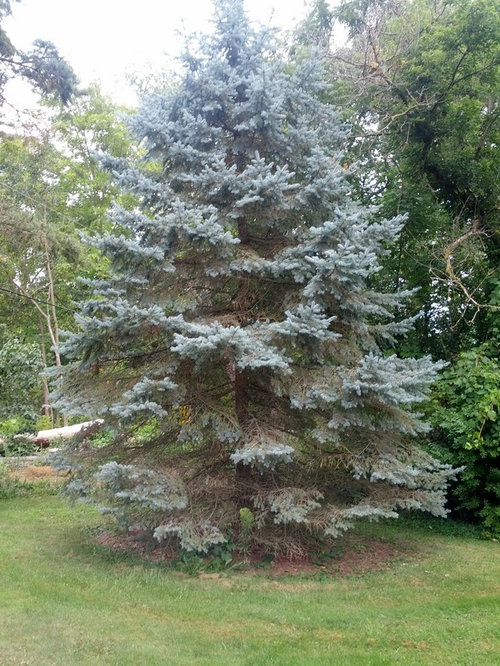



Blue Spruce Dying From Bottom On Up




Spruce Tree How To Grow Care
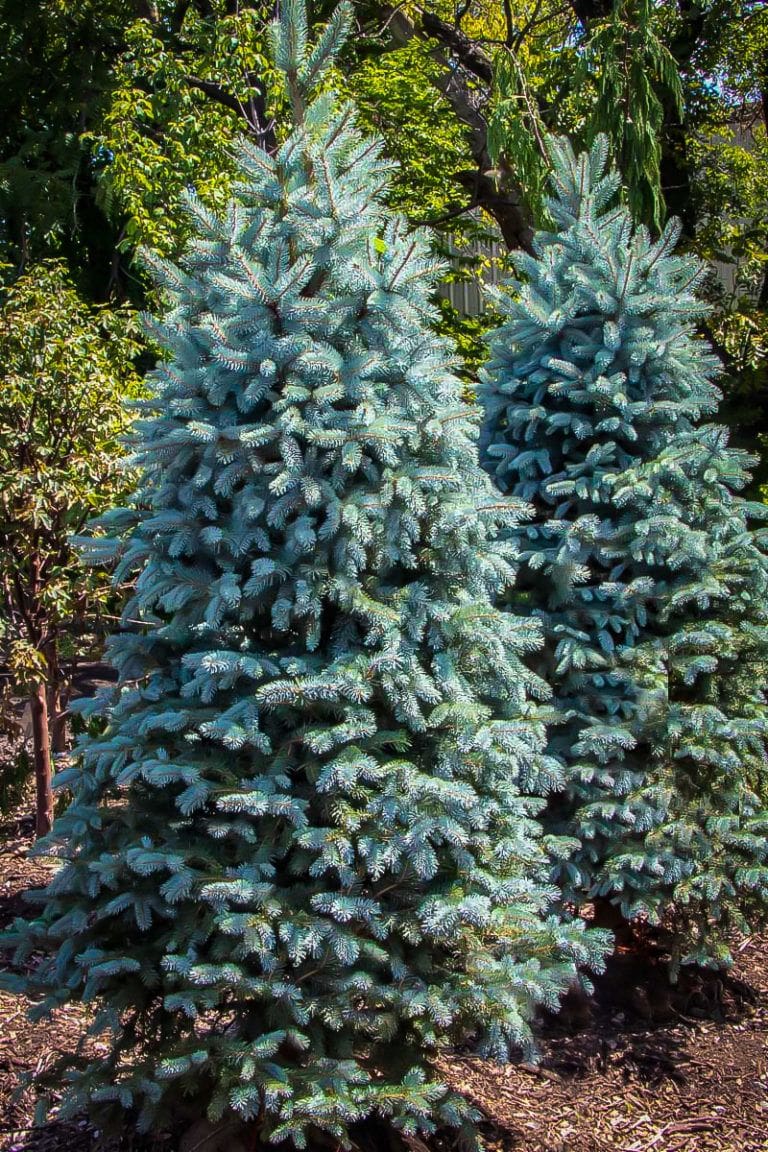



Baby Blue Eyes Spruce Pahl S Market Apple Valley Mn




Colorado Spruce Info How To Grow A Colorado Blue Spruce Tree
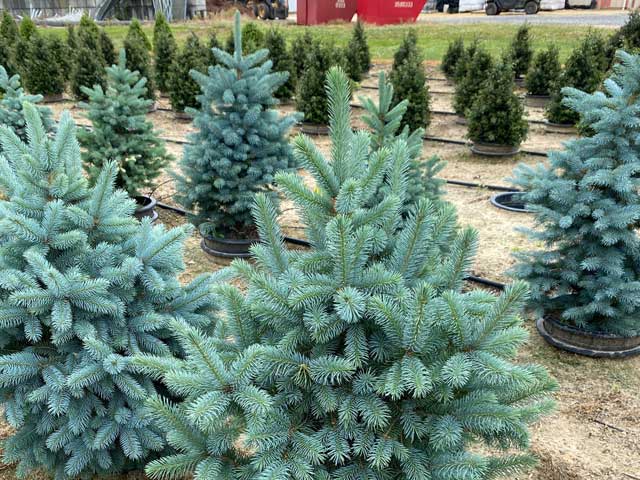



Baby Blue Colorado Spruce Trees Gigi S Farm And Garden




Picea Pungens Baby Blueeyes Landscape Plants Oregon State University




10 Types Of Spruce Trees Everyone Should Know American Conifer Society




Picea Pungens Var Glauca Landscape Plants Oregon State University




Blue Spruce Tree Needles Turning Yellow Brown Then Dropping Check For



Spruce Colorado Var Glacier Blue Thetreefarm Com




Spruce Picea World Of Garden Plants
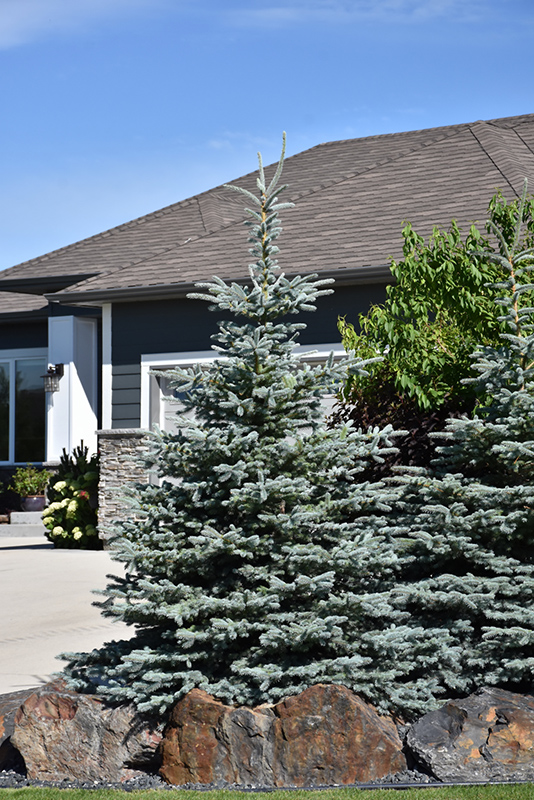



Baby Blue Colorado Blue Spruce Picea Pungens Baby Blue In Inver Grove Heights Minnesota Mn At Gertens
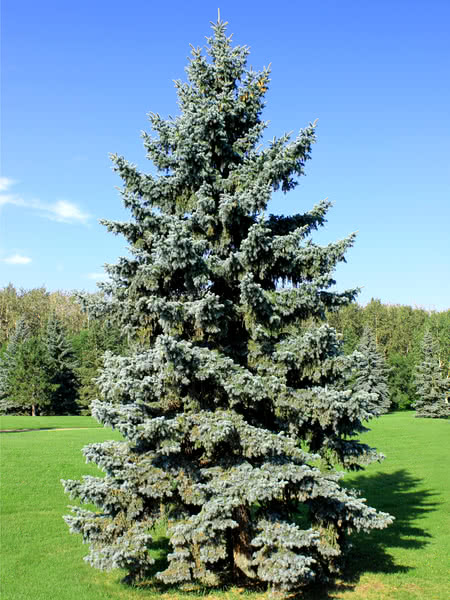



Blue Spruce Colorado Spruce Tree Seedlings For Sale Treetime Ca




Fat Albert Colorado Blue Spruce Trees For Sale Fastgrowingtrees Com




Blue Spruce Wikipedia
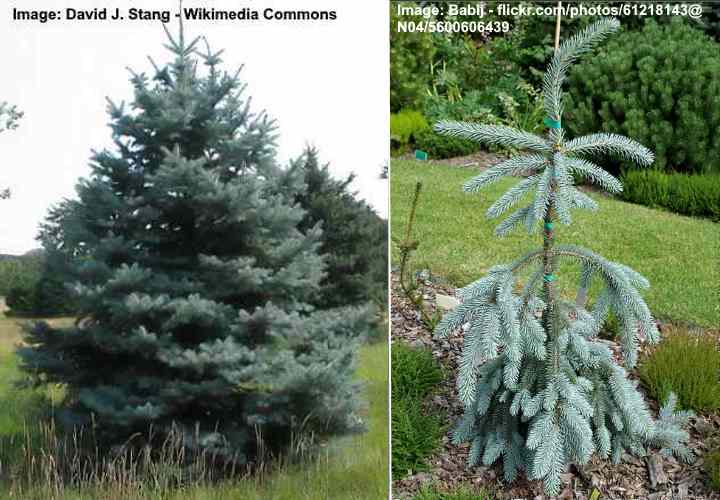



Types Of Spruce Trees And Shrubs With Identification Guide Pictures




Why Are All My Blue Spruce Dying Clinton Conservation
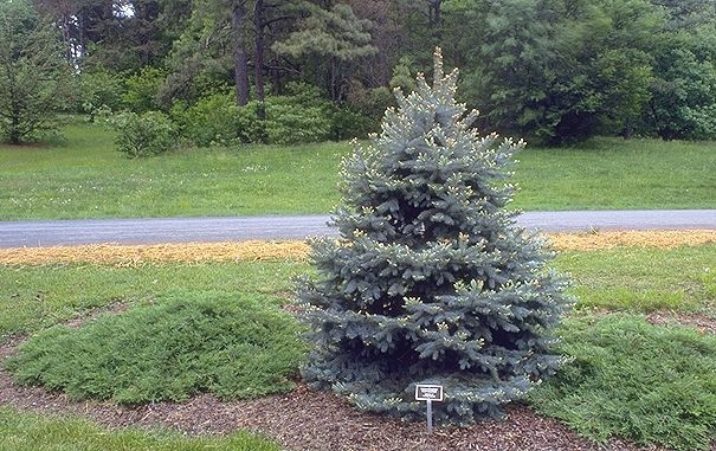



Picea Pungens Baby Blue Eyes Baby Blue Eyes Colorado Spruce Conifer Trinomial American Conifer Society




Colorado Blue Spruce Windbreak Trees
:max_bytes(150000):strip_icc()/colorado-blue-spruce-trees-2132082-02-81a537cd50f149769b14b6d7f272fd87.jpg)



Colorado Blue Spruce Tree Care And Growing Guide




Baby Blue Colorado Blue Spruce Picea Pungens Baby Blue At Gertens Blue Spruce Tree Colorado Blue Spruce Backyard Trees




Colorado Blue Spruce Trees For Sale Fastgrowingtrees Com




Blue Spruce Baby Blue Green Acres Nursery Supply



Sester Dwarf Blue Spruce Picea Pungens Sester Dwarf In Columbus Dublin Delaware Grove City Gahanna Bexley Ohio Oh At Oakland Nurseries Inc



Spruce Colorado Fat Albert Thetreefarm Com




Spruce Tree Vs Pine Tree Which Is Best For My Yard Mr Tree Inc




Fir Vs Spruce Vs Pine How To Tell Them Apart Finegardening



Spruce Colorado Var Glacier Blue Thetreefarm Com
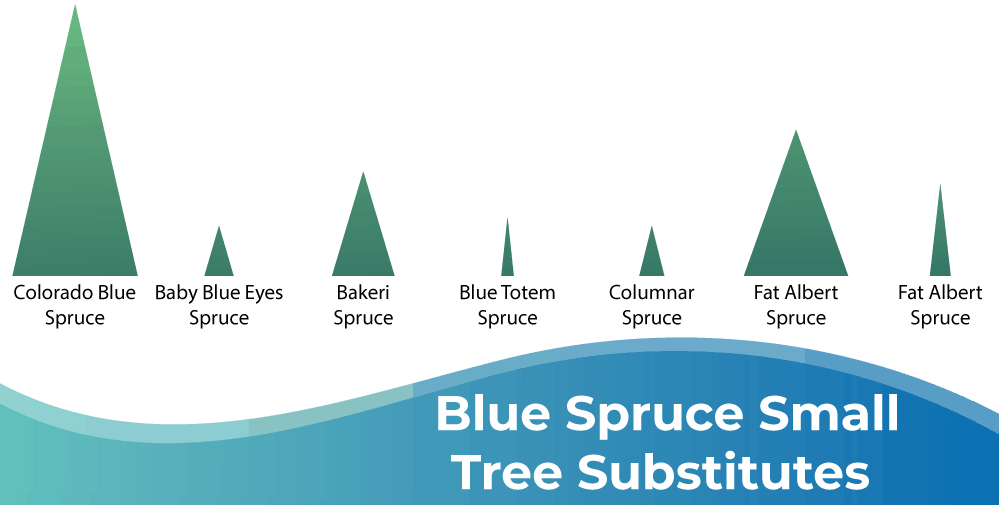



Blue Spruce Small Tree Substitutes Infographic Timberline Landscaping



3
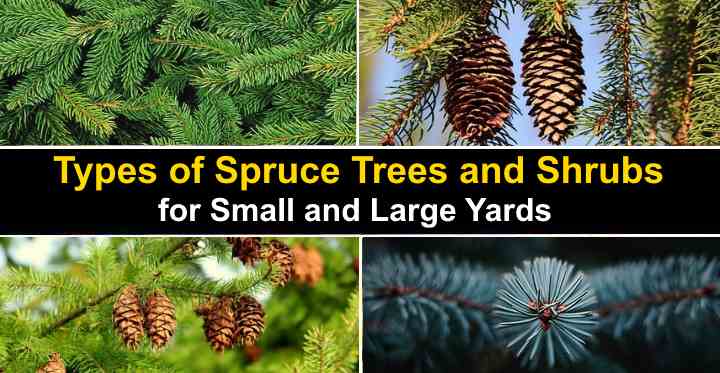



Types Of Spruce Trees And Shrubs With Identification Guide Pictures



Baby Blue Colorado Blue Spruce Gardens Of The World




How To Plant And Grow A Colorado Blue Spruce Tree Hgtv
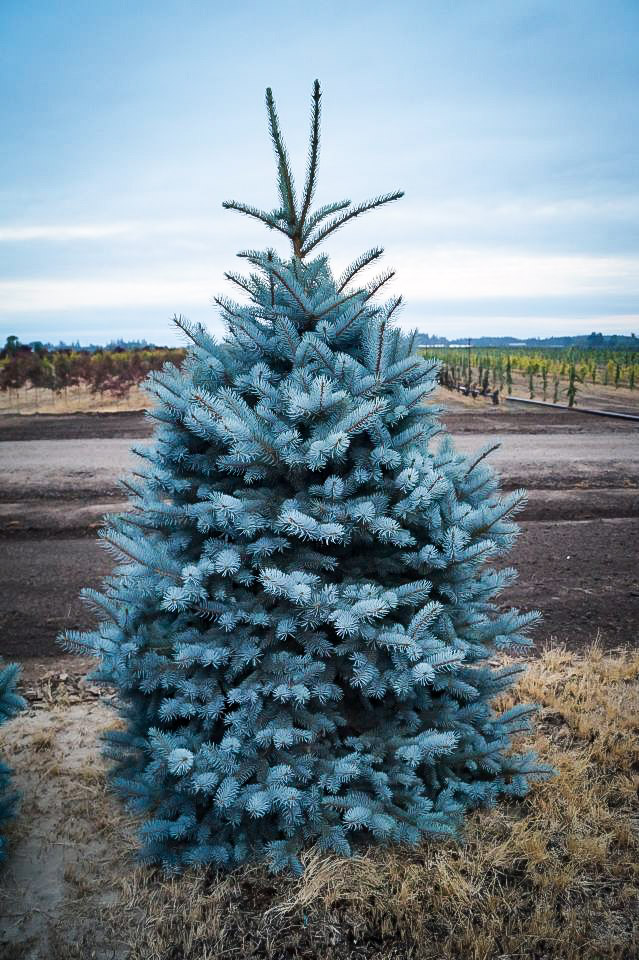



Baker S Blue Colorado Spruce Trees For Sale The Tree Center
/colorado-blue-spruce-trees-2132082-06-4cee49e954974a16aefd9d74a8321708.jpg)



Colorado Blue Spruce Tree Care And Growing Guide
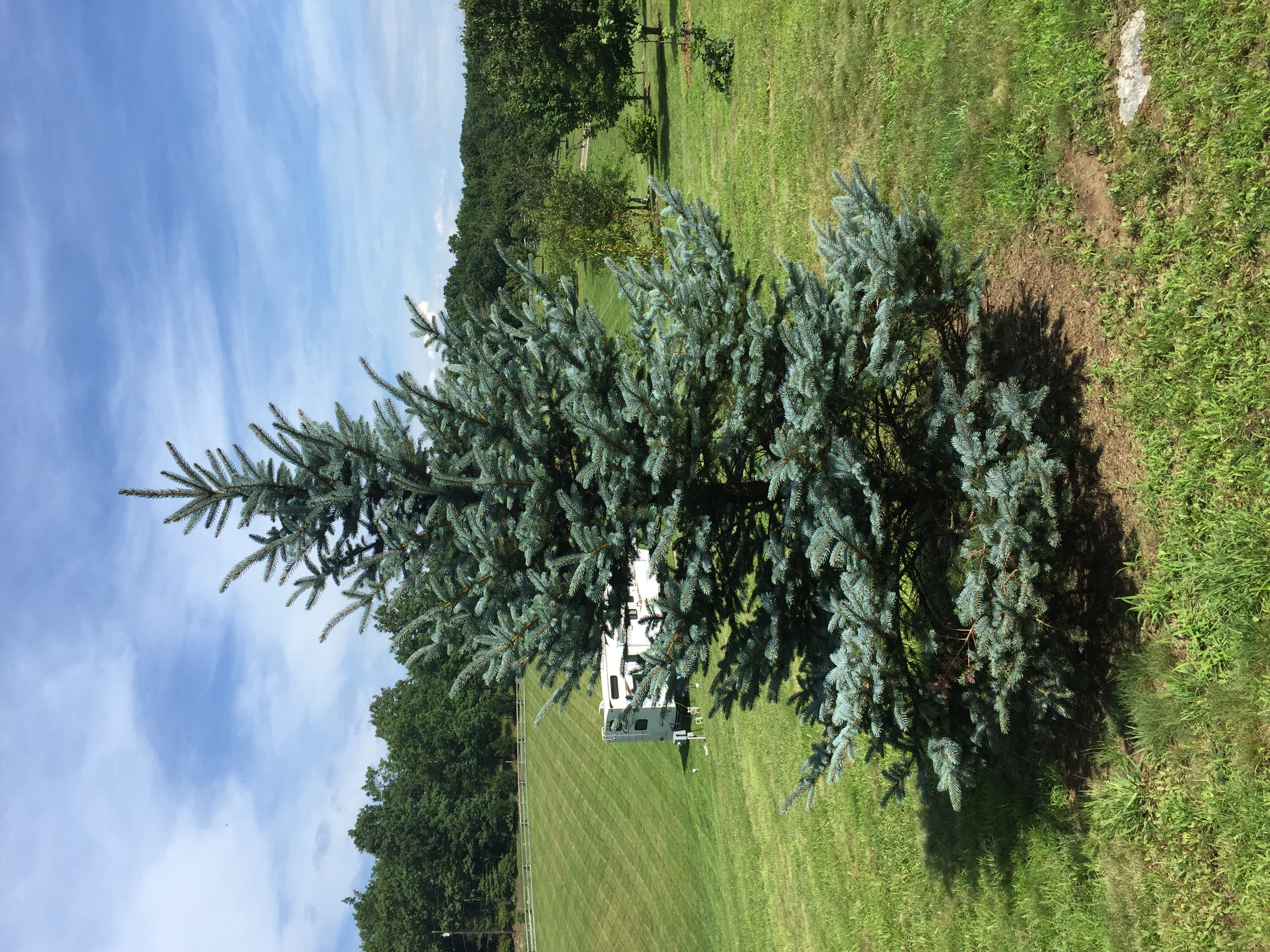



Pest Alert Colorado Blue Spruce Issues North Carolina Cooperative Extension




Blue Spruce Colorado Spruce Vs Norway Spruce Treetime Ca




Dwarf Blue Spruce A Superb Year Round Garden Plant News



Blue Spruce Baby Blue Green Acres Nursery Supply




Baby Blue Eyes Colorado Spruce Bower Branch




Baby Blue Colorado Spruce Large
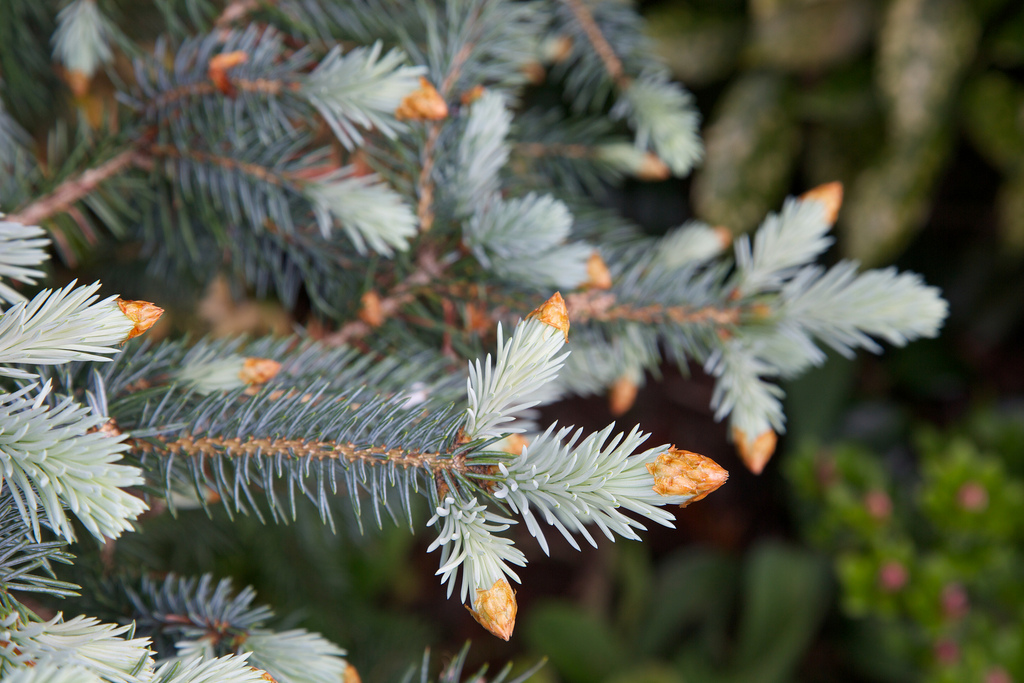



How To Make Your Blue Spruce Bluer Laidback Gardener




Baby Blue Colorado Spruce
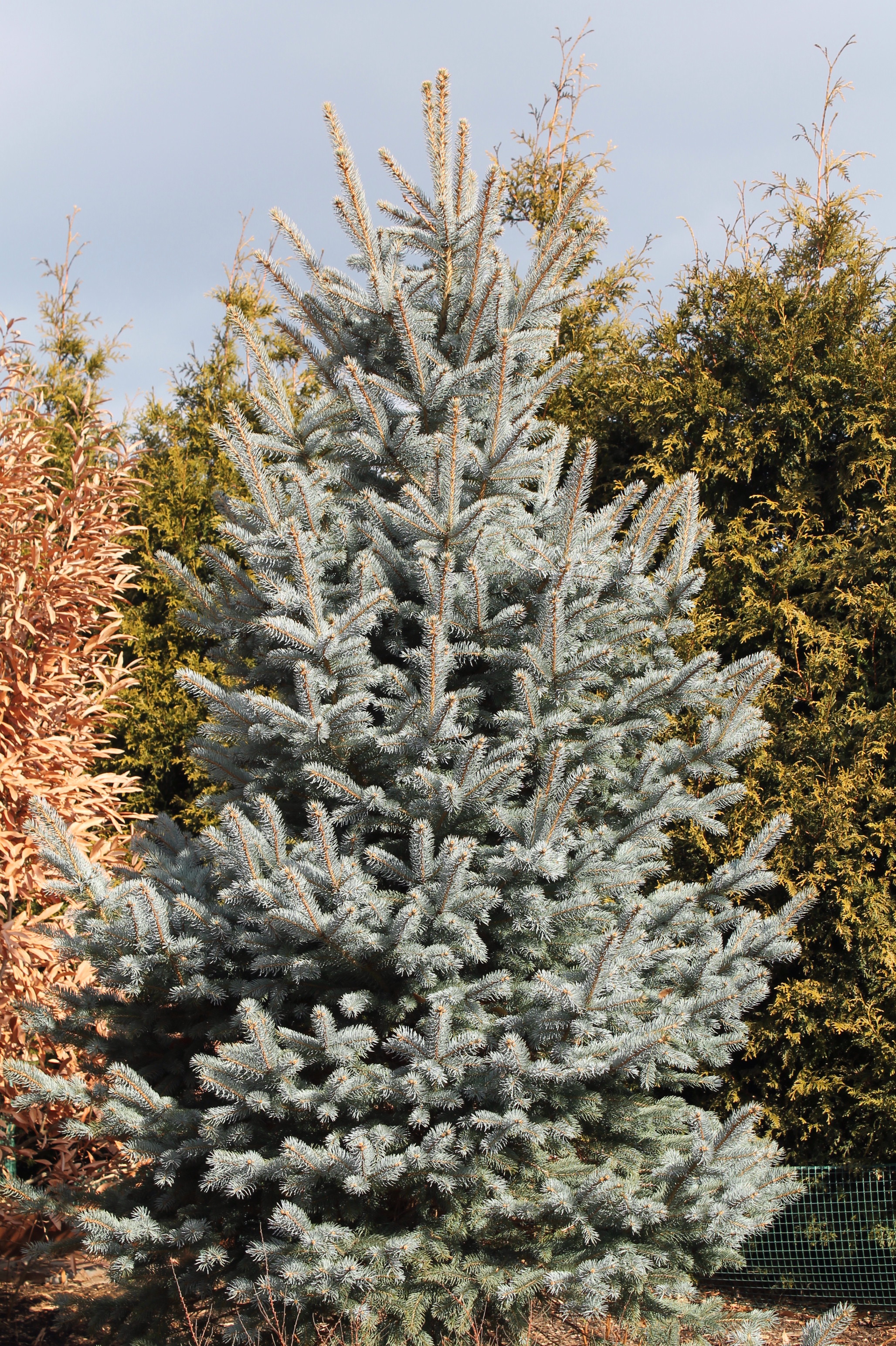



Dwarf Blue Spruce Fat Albert Garden Housecalls




10 Gallon Baby Blue Colorado Spruce Feature Tree In Pot Lw036 In The Trees Department At Lowes Com




What Spruce Should I Plant Blue Spruce Vs White Spruce Mr Tree Inc




Colorado Spruce Blue Spruce Picea Pungens Baby Blue Eyes
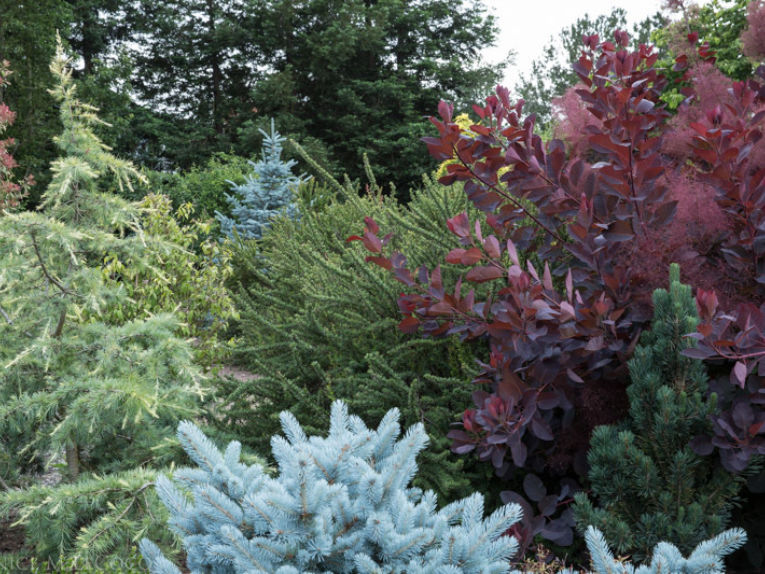



What S Wrong With My Blue Spruce American Conifer Society



3
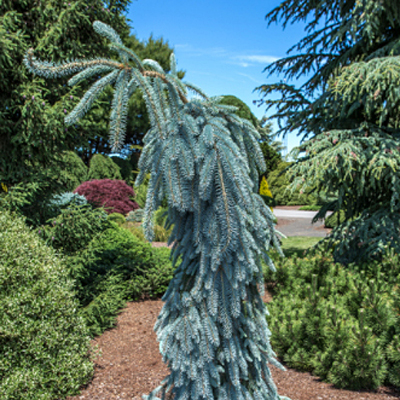



Picea P The Blues Weeping Colorado Blue Spruce Estabrook S



Spruce Gammon S Garden Center Landscape Nursery
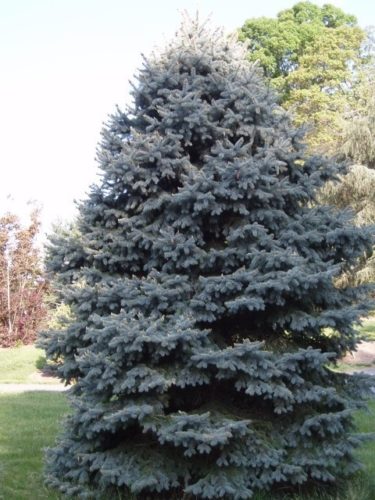



Picea Pungens Baby Blue Eyes Baby Blue Eyes Colorado Spruce Conifer Trinomial American Conifer Society
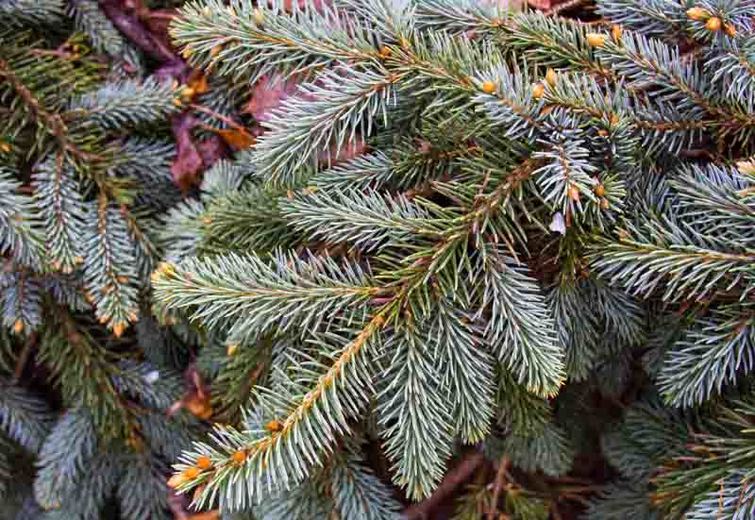



Which Spruce Tree Should I Plant The Tree Center




Blue Spruce Wikipedia




Colorado Blue Spruce Direct Gardening




Baby Blue Colorado Spruce Blue Spruce Tree Colorado Blue Spruce Blue Spruce




Colorado Blue Spruce Tree Seeds Picea Pungens Glauca




Baby Blue Eyes Spruce Arbor Hill Trees Omaha Blogarbor Hill Trees Omaha Blog



Baby Blue Eyes Spruce Picea Pungens Baby Blue Eyes In St Charles Campton Geneva Elgin Chicago Batavia Illinois Il At Wasco Nursery




Iseli Fastigiate Blue Spruce Garden Answer Youtube




Colorado Blue Spruce Tree Gurney S Seed Nursery Co
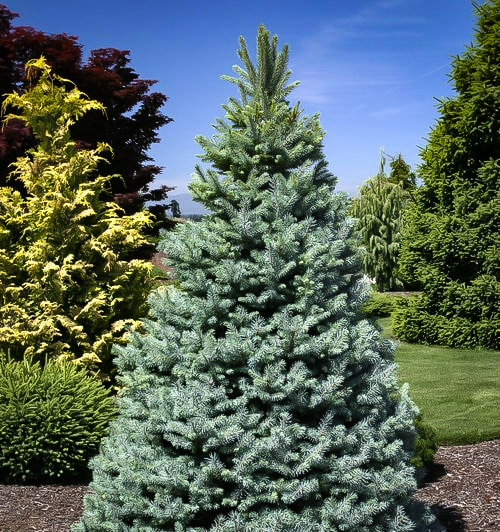



Baker S Blue Colorado Spruce Trees For Sale The Tree Center




Amazon Com Montgomery Dwarf Colorado Blue Spruce Grows Only 4 Feet Tall 1 Year Live Plant Patio Lawn Garden



0 件のコメント:
コメントを投稿